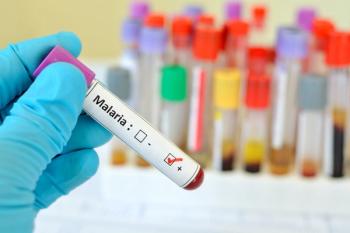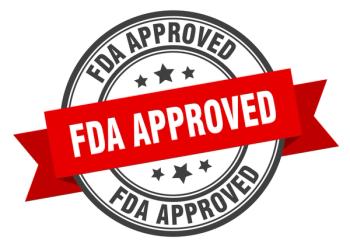
Excess Medical Spending Reaches Nearly $7 Billion in a Year
Researchers cite 'astronomical costs' associated with prescribing of brand name statins when generic alternatives were available.
Researchers at Mount Sinai School of Medicine have found that $6.7 billion was spent in 1 year performing unnecessary tests or prescribing unnecessary medications in primary care, with 86% of the cost attributed to the prescription of brand-name statins to treat hypercholesterolemia, according to
Led by Minal Kale, MD, the research team reviewed findings from a
“Our analysis shows astronomical costs associated with prescribing of brand name statins when effective, generic alternatives were available. Efforts to encourage prescribing of generics clearly have not gone far enough,” said Dr. Kale in a
The remaining costs were attributable to the following:
- During physical exams, more than half of complete blood work ordered was not needed, resulting in more than $32 million in excess costs;
- Unnecessary bone density scans in younger women accounted for more than $527 million;
- CT scans, MRIs, or X-Rays in people presenting with back pain accounted for $175 million in excess healthcare costs;
- Over-prescription of antibiotics for sore throat in children, excluding cases of strep throat or fever, accounted for $116 million in unnecessary costs;
- Other excess costs included needless annual echocardiograms, urine testing, pap tests, and pediatric cough medicine prescriptions.
“We found considerable variability in the frequency of inappropriate care, however our data show that even activities with small individual costs can contribute substantially to overall healthcare costs,” said Dr. Kale. “In light of the current healthcare reform debate, we need more research examining how overuse contributes to healthcare spending. Research might focus on the potential role of reimbursement, defensive medicine practices, or lack of adherence to guidelines."
The authors noted that the analysis is limited to the data provided by the surveys, and that they were conservative in their assessments. They concluded that this type of analysis should be extended to medical specialties outside of primary care and that physicians should make efforts in their own practices to evaluate costs and reduce them where necessary in order to achieve affordable, high-quality care.
Newsletter
Stay informed on drug updates, treatment guidelines, and pharmacy practice trends—subscribe to Pharmacy Times for weekly clinical insights.













































































































































































































